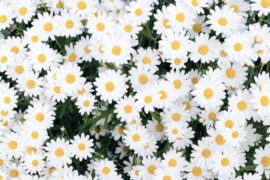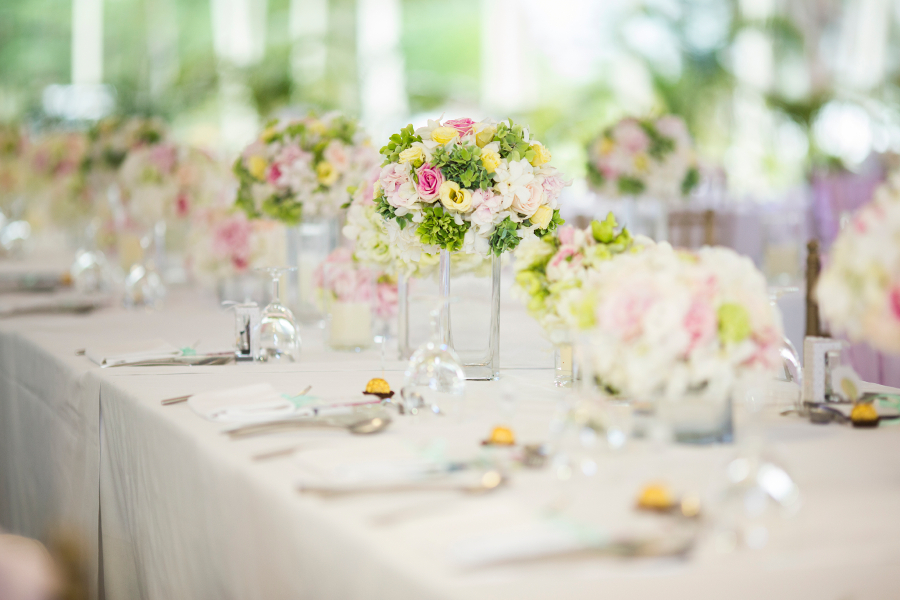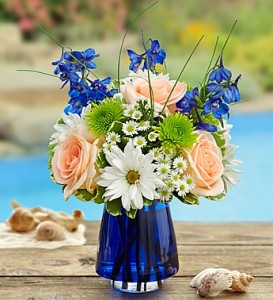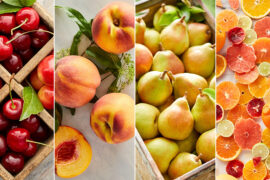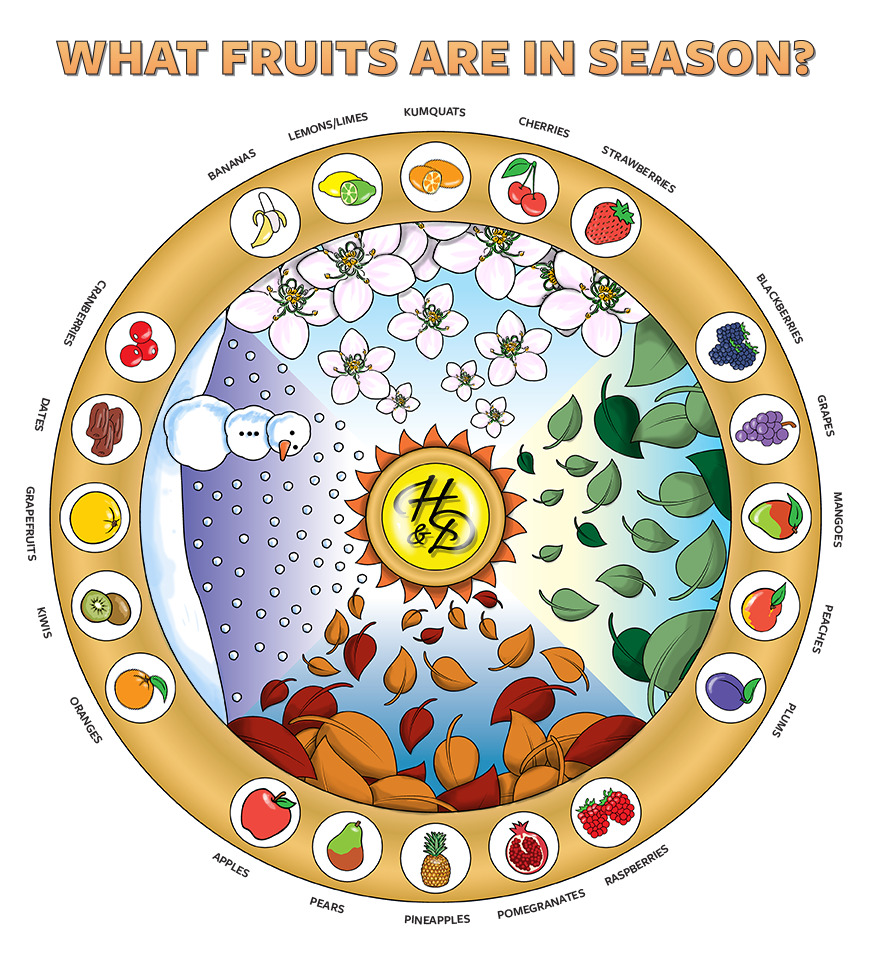
With their long, colorful petals bursting like rays of sunlight, daisies are the perfect flowers for delivering warm smiles to those we love most. But this beautiful blossom isn’t just an American favorite — its bright and cheery spirit is cherished by people all around the globe. After all, daisies are members of the biggest plant family in the world — vascular plants, which make up 10 percent of all flowers on Earth — and grow on every continent except Antarctica.
Want to find out why this happy little flower has captured so many hearts? Here’s a list of daisy facts to brighten your day.
History of daisies
The daisy purportedly gets its name from the Old English phrase “daes eage,” or “day’s eye,” because of the way the flower blossoms at the first sign of dawn. They have been around since at least 2,200 BC, when the ancient Egyptians grew them in their gardens and used them as herbal medicine. (Mind-blowing daisy fact: Wild daisies date back to the time of the dinosaurs!) The daisy family, scientifically known as Compositae, was officially classified in 1792 by German botanist Paul Dietrich Giseke.
The gerbera, the most well-known daisy variety in the modern world, was discovered in 1884 in South Africa by a Scottish man named Robert Jameson. In 1890, it was brought to England, where breeders grew a variety of gerberas that boasted brighter colors and sturdier quality. The popularity of gerberas slowly spread to the Netherlands, which became one of the biggest gerbera daisy distributors in the world — a title it still holds today.
Types of daisies
The daisy is no wallflower: With more than 20,000 different types in its category, this pretty bloom is an A-list celebrity in the flower kingdom. Here are three of the most famous kinds of daisies that really know how to soak up the spotlight.

Gerbera daisy
The fifth most popular flower in the world, the gerbera comes in a full rainbow of colors, including pink, orange, yellow, and red. Its vibrant petals make it the flower of choice for celebrating every happy occasion, from birthdays to weddings.
Shasta daisy
With its soft, pearly white petals radiating from a golden center, the Shasta daisy is a timeless classic. Not is it only one of the largest daisies, but it is also one of the easiest to grow and care for. Plus, you can enjoy its hearty blooms season after season.
Rudbeckia
Also known as the black-eyed Susan, the Rudbeckia has fiery yellow petals and a deep brown center — almost like a miniature sunflower. Its reputation as a low-maintenance and long-lasting bloom makes it a favorite of flower-lovers everywhere.
Other well-known daisy varieties include:
- Barberton daisy
- Blue daisy
- Butter daisy
- Crown daisy
- Dahlberg daisy
- Feverfew
- Giant daisy
- Gloriosa daisy
- Kingfisher daisy
- Lazy daisy
- Livingstone daisy
- Marguerite daisy
- Michaelmas daisy
- Montauk
- Nippon ox-eye daisy
- Ox-eye daisy
- Painted daisy
- Paris daisy
- Spanish daisy
- Sunshine daisy
- Swan river daisy
- Tahoka daisy
- Tansvaal daisy
- Tatarian daisy
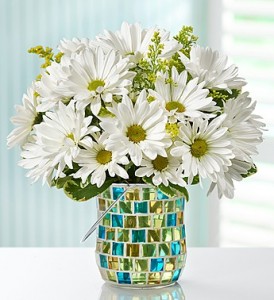
What daisies symbolize
The sweet simplicity and genuine beauty of the daisy have made the flower an international emblem of innocence and purity. Its fresh, crisp appearance has come to symbolize new beginnings, and its bright, spirit-lifting colors are known to spread happiness like wildfire. It’s for these reasons that daisies make the perfect gifts and decorations for celebrating all of life’s biggest milestone events.
3 more daisy facts that make this flower special
In addition to its one-of-a-kind personality, the daisy has plenty of other qualities that set it apart from other flowers.
1. The daisy is two flowers in one
The large outer petals make up one flower, and the cluster of tiny petals that form the center “eye” make up another.
2. Daisy leaves are consumable
High in vitamin C, the leaves of a daisy are actually very closely related to the artichoke.
3. Daisies can be turned into medicine
Some health benefits of daisies include relieving indigestion, soothing coughs, slowing bleeding, and easing back pain.
